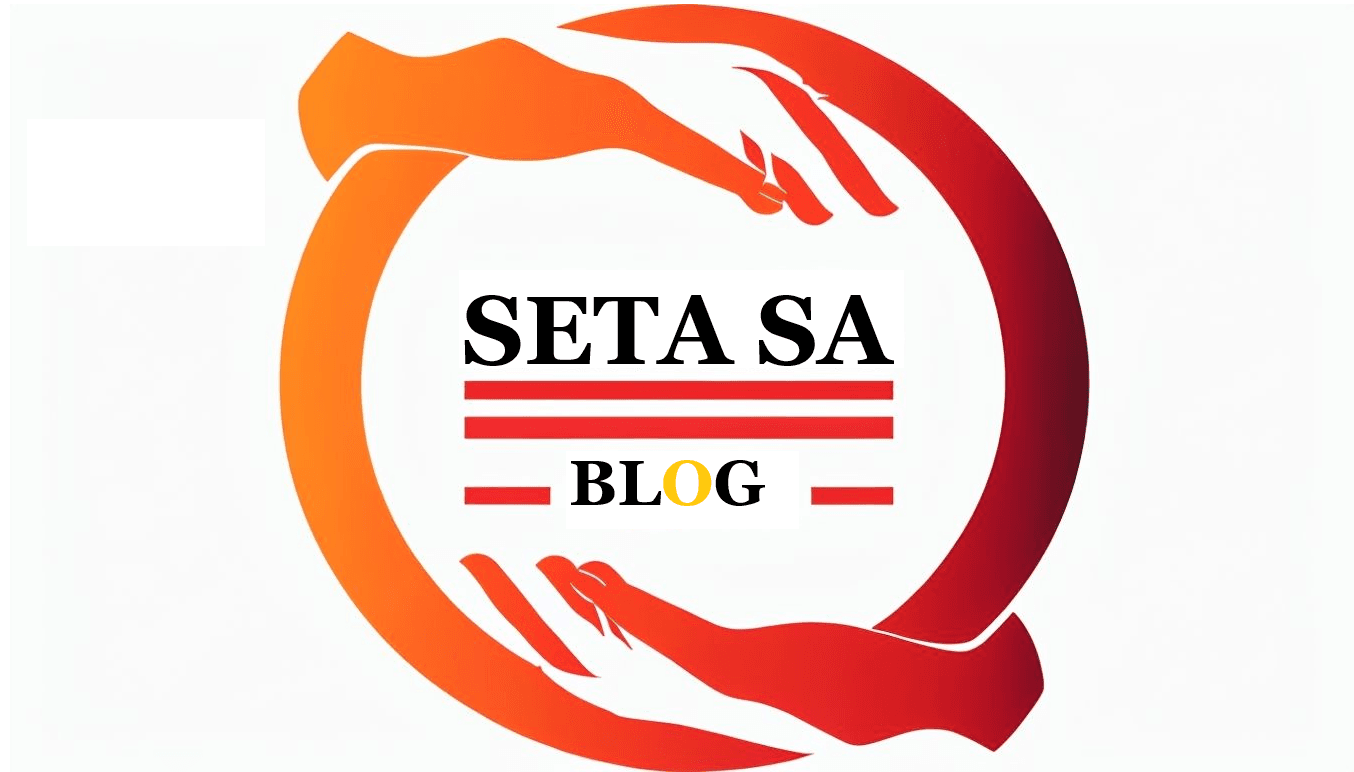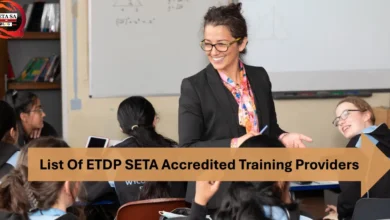
Imagine stepping into a job where you help shape the way people learn skills that directly fit the needs of businesses and communities. That’s what a role in a Sector Education and Training Authority (SETA) looks like. As a SETA worker, you’ll be on the front lines, monitoring training programs, advising companies, and ensuring learners gain the tools they need to succeed. Let’s break down what those responsibilities actually involve.
1. Mapping the Skill Landscape
Every industry has its own set of skills that keep it moving forward. A SETA’s first job is to chart out those skills. Think of it like a cartographer drawing a map of a new continent. By working with industry leaders, a SETA identifies which abilities are in high demand and which are becoming obsolete. This information then guides training programs so they stay relevant.
How Do They Gather This Data?
The process is pretty hands‑on. SETA staff hold workshops with employers, run surveys, and analyze job listings. They also look at economic reports and future market trends. The result is a living document that tells everyone what skills matter most.
2. Designing Training Curricula
Once the skill map is ready, the next step is turning it into learning paths. A SETA’s team works with schools, colleges, and private training centers to create courses that match the skill requirements. They decide on learning objectives, lesson plans, and practical exercises.
What Makes Good Training?
Good training feels like a bridge: it connects theory to practice. SETA teams emphasize hands‑on projects, real‑world scenarios, and mentorship. They also make sure courses are accessible—considering language, location, and cost—so that learners from all backgrounds can benefit.
3. Certifying and Accrediting Programs
Not all training is created equal. To keep standards high, SETAs audit courses and award certificates. Think of this like a quality seal on a product. When a learning center receives a SETA seal, employers know the training meets industry standards.
What Happens During an Audit?
Auditors review curriculum details, instructor qualifications, and assessment methods. They also check that resources—like labs or tools—are up to date. If everything passes, the center can market its program as “SETA accredited.”
4. Supporting Employers
Companies often need help finding the right talent. SETAs act as a matchmaker between businesses and learners. They offer workforce development plans, advise on skill gaps, and sometimes provide funding for training.
Why Do Employers Trust SETAs?
Because SETAs keep a finger on the pulse of the industry. They know which skills will keep a company competitive and can recommend specific learning paths for employees. This partnership can reduce hiring costs and improve employee performance.
5. Monitoring Outcomes and Impact
After training, the real test is how well learners perform in the workplace. SETAs track graduate employment rates, salary growth, and employer satisfaction. These metrics help them refine programs and demonstrate value to stakeholders.
What Tools Do They Use?
Surveys, follow‑up interviews, and data dashboards are common. By analyzing this information, SETAs can tweak courses, add new modules, or phase out outdated content.
6. Fostering Innovation in Learning
Technology shifts the way we learn. SETAs experiment with e‑learning platforms, virtual labs, and blended learning models. Their goal is to make skill acquisition faster, cheaper, and more engaging.
What’s an Example?
Consider a SETA that partners with a software company to create a virtual reality workshop for electricians. Learners can practice wiring inside a simulated environment before they touch real panels. That’s a win for safety and skill.
7. Building Community and Networks
Skill development is a team effort. SETAs organize conferences, hackathons, and knowledge‑sharing forums where trainers, employers, and learners can connect. These events spark collaboration and spread best practices across industries.
How Does This Help?
When people share stories, tips, and challenges, everyone learns faster. A small business owner might discover a new training partner, while a student could find a mentor in the field.
So, what does a SETA job look like on a day‑to‑day basis? Think of a mix of research, design, auditing, advisory work, and community building—all aimed at making sure learning is useful and up to date. If you enjoy helping people grow and thrive, and if you like working across different sectors, a career with a SETA could be a great fit.
FAQs About SETA Functions
They handle a wide range—technology, agriculture, health, hospitality, and more.
People with backgrounds in education, industry, or research who enjoy collaboration.
From the government, industry contributions, and sometimes training fees.
Yes, they offer workforce development plans and can recommend trained candidates.
Many do, and they often align with the national qualification framework.





